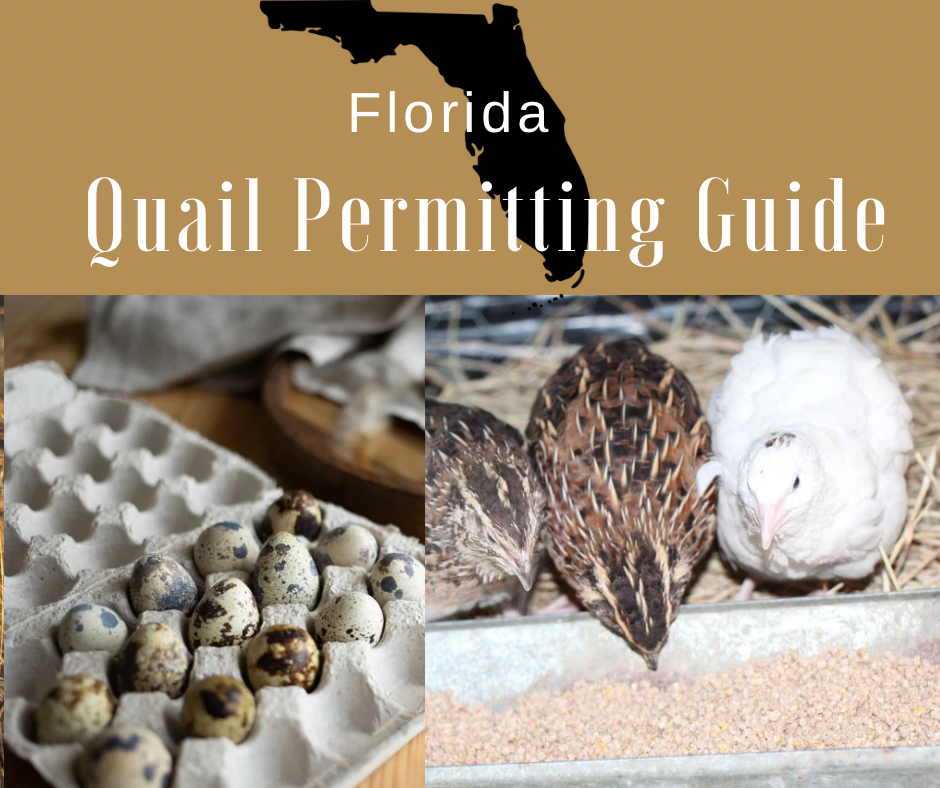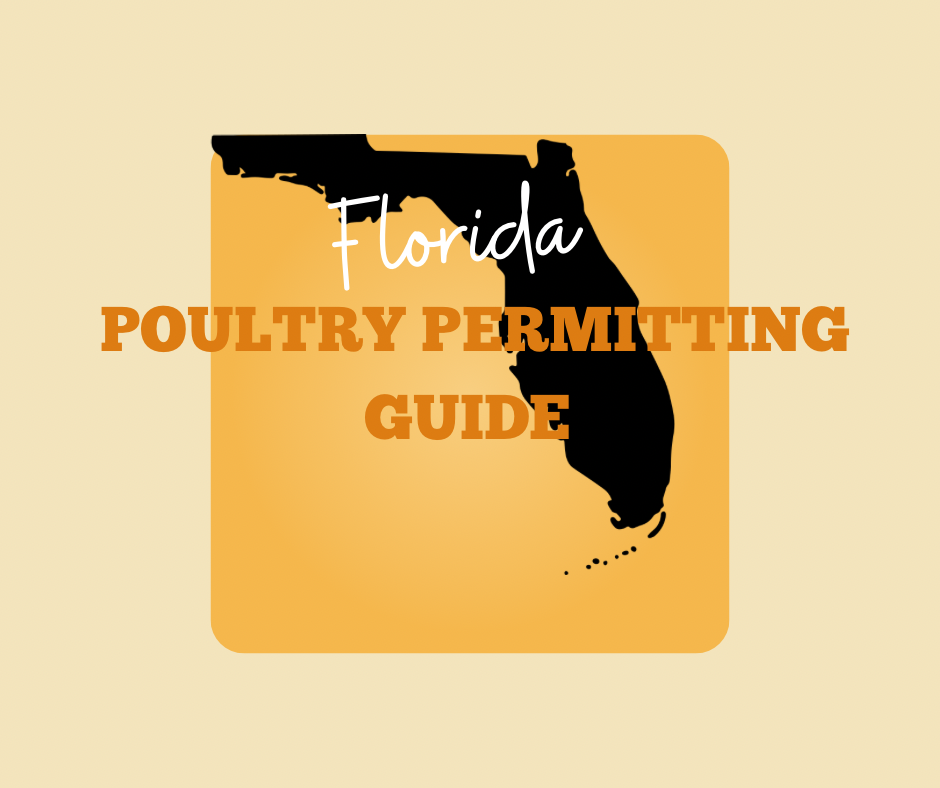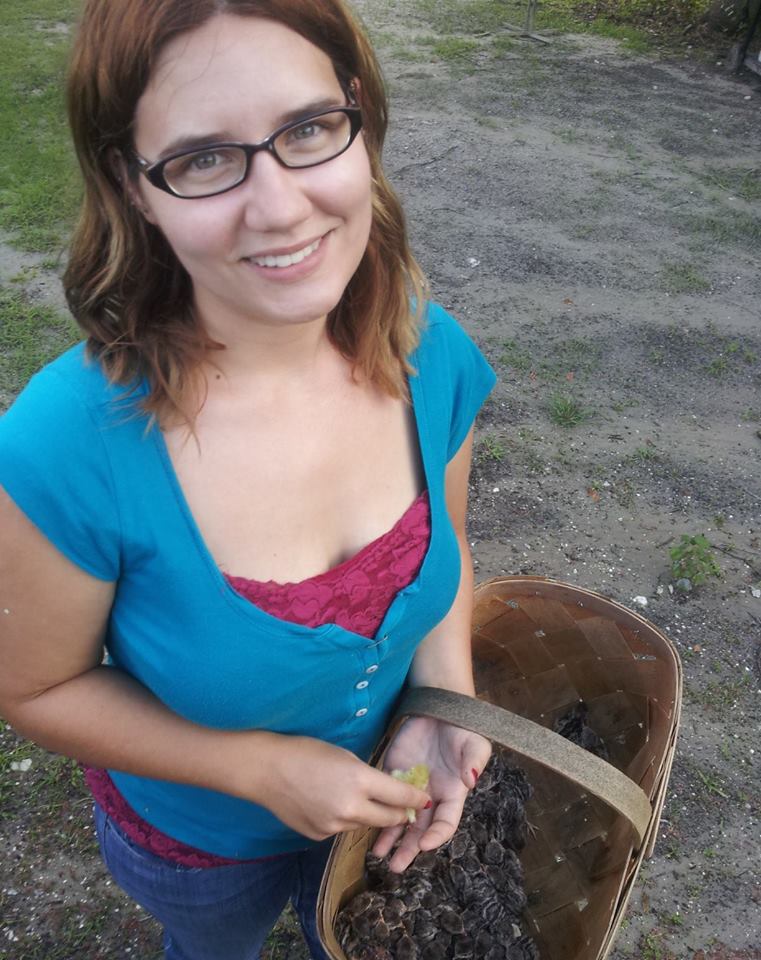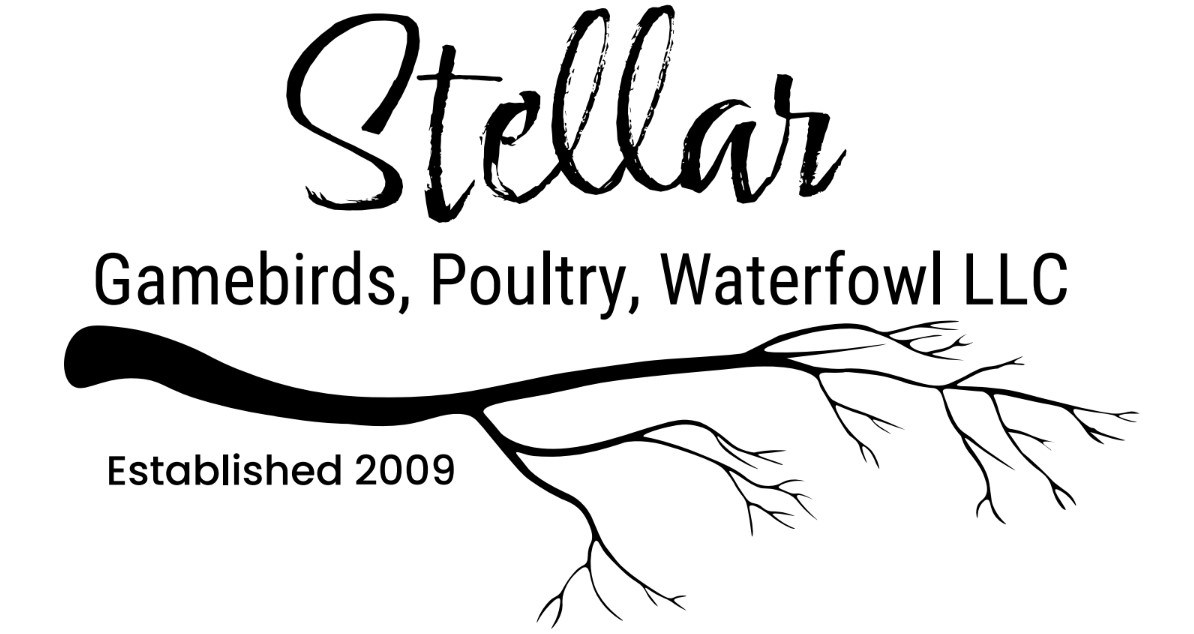Coturnix quail are small, gentle birds that can bring a lot of joy to their keepers. However, due to their naturally flighty and skittish nature, handling and taming quail requires patience and gentle care. With more selective breeding, Coturnix have gotten a more calmer disposition in certain lines and strains, however they are prey animals and need proper care to feel safe. Proper handling techniques can not only make daily care easier but also help build trust between you and your quail, creating a more enjoyable experience for both of you.
Start Early with Young Quail
The best time to start taming your quail is when they are still chicks. Quail that are handled regularly from a young age are more likely to become accustomed to human interaction. Begin by gently placing your hand in the brooder, allowing the chicks to explore and become familiar with your presence. You can also offer small treats, like crushed mealworms or tiny pieces of fruit, to create positive associations with your hand.
If you’ve acquired older quail, don’t worry—you can still tame them, but it may require more time and patience.
Approach Slowly and Calmly
Quail are naturally cautious, so it’s important to approach them slowly and calmly to avoid startling them. Quick movements or loud noises can cause them to panic and try to fly away. When you’re ready to handle your quail, move slowly, speak softly, and avoid sudden gestures. It’s also helpful to keep your hand low and move it gradually toward the quail, rather than swooping down from above, which can mimic a predator’s attack.
Proper Handling Techniques
When it comes to physically handling your quail, it’s crucial to do so in a way that minimizes stress and ensures their safety. Here are some steps for proper handling:
Cup the Bird Gently: Place one hand under the quail’s body, with your fingers gently supporting its chest. Use your other hand to cover the quail’s back, securing its wings to prevent flapping.
Avoid Squeezing: Hold the quail firmly enough to prevent it from escaping, but not so tightly that you risk injuring it. Quail are delicate creatures, and excessive pressure can cause harm.
Keep the Quail Close to Your Body: Holding the quail close to your chest can help it feel more secure and less likely to struggle. This position also reduces the chance of the quail injuring itself if it tries to escape.
Frequent, Short Sessions
Taming your quail requires consistent, gentle handling over time. Start with short handling sessions of just a few minutes each day, gradually increasing the duration as the quail becomes more comfortable. Frequent, positive interactions will help build trust, making the quail more relaxed and less likely to panic when handled.
Use Treats as Positive Reinforcement
One of the most effective ways to tame quail is by using treats as positive reinforcement. Offer small treats, like seeds or mealworms, from your hand to encourage the quail to approach you voluntarily. Over time, they may begin to associate your presence with the reward, making them more willing to be handled.
When offering treats, be patient and let the quail come to you at their own pace. It may take some time, but eventually, they may start to eat from your hand, a clear sign that they are becoming more comfortable with you.
Create a Calm Environment
The environment in which you handle your quail can have a big impact on their behavior. Ensure that the area is calm and free from loud noises, sudden movements, or other stressors that might startle the quail. If possible, handle the quail in a familiar space where they feel safe, such as their coop or a quiet room indoors.
It’s also a good idea to handle your quail at a time when they are naturally more relaxed, such as in the evening when they are winding down for the night.
Respect Their Boundaries
Not all quail will respond to taming efforts in the same way. Some may become quite tame and enjoy human interaction, while others may always remain a bit skittish. It’s important to respect each quail’s individual temperament and not force interaction if they seem particularly stressed. Remember, the goal is to create a positive experience for both you and the quail.
Handling Special Situations
There will be times when handling your quail is necessary, such as during health checks or when moving them to a new location. Even if your quail aren’t fully tamed, using the calm, gentle handling techniques described above will help reduce their stress in these situations.
If you need to catch a quail that is particularly nervous or difficult to handle, consider using a soft cloth or towel to gently cover the bird before picking it up. This can help calm the quail and prevent injury.
Handling and taming Coturnix quail can greatly enhance the experience of keeping these delightful birds, making daily care easier and more enjoyable. By starting early, moving slowly, using proper handling techniques, and incorporating positive reinforcement, you can build a trusting relationship with your quail. Remember to be patient and respect each bird’s individual comfort level. With time and gentle care, your quail can become more relaxed and accustomed to human interaction, adding to the joy of raising these fascinating creatures.









